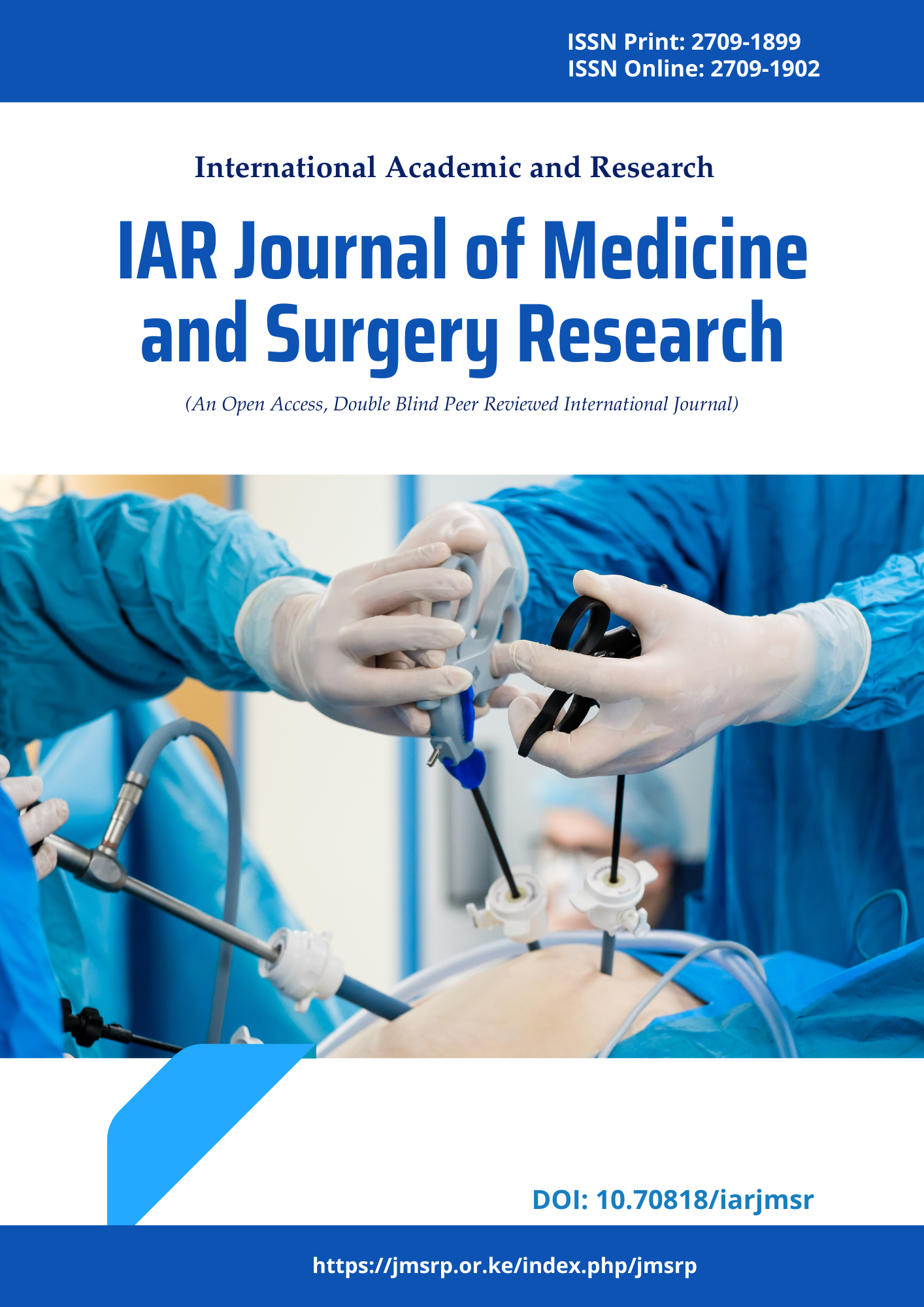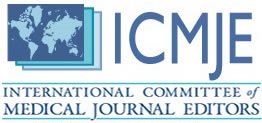Typical and Atypical Manifestation of Scrub Typhus in Children
DOI:
https://doi.org/10.47310/iarjmsr.2023.V04i03.01Keywords:
Scrub typhus, Rickettsia, LymphadenopathyAbstract
Introduction: Scrub typhus is grossly under-diagnosed or lately diagnosed in India because of its non-specific clinical presentation, a limited awareness about the disease, a low index of suspicion among clinicians, and a lack of diagnostic facilities. Absence of typical features may create diagnostic dilemma among physicians thereby delaying the diagnosis which may lead to complications & high mortality. Material and method: A hospital based Cross sectional study which was conducted in the Department of Paediatrics, PRM Medical College, Baripada, Odisha from July 2021 to December 2021. Children from 1 month to 14 years of age presenting with fever in whom rickettsia infection is suspected included. All children who are found to be Elisa or IgM positive for scrub typhus even if admitted for other disease included. All fever cases with rash /oedema/ pallor/icterus/lymphadenopathy/hepatosplenomegaly and or any other systemic features with or without eschar was included. Results: The laboratory parameters of the cases are shown in Table 4. The total leukocyte count was elevated in 30.6% of the cases. An elevated serum creatinine level or a change in the serum creatinine level greater than 0.3 mg/dl, which is a diagnostic of AKI, was observed in 20% of cases. Hyponatremia was found in 6.9% of the cases. The serum CPK level (total and MB fraction) was elevated in 8.9% of cases. Conclusion: Pediatric scrub typhus is a common infection and should be suspected in cases with fever for more than 5 days and non-specific signs and symptoms. Early detection and timely management lead to a higher recovery rate. Hypotension, hypoxia, azotemia, altered sensorium, and bleeding manifestations on admission were associated with unfavorable outcomes.
















